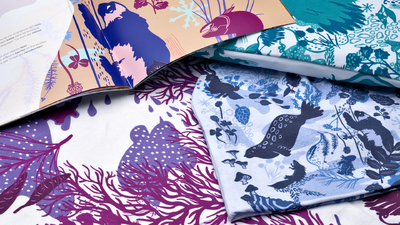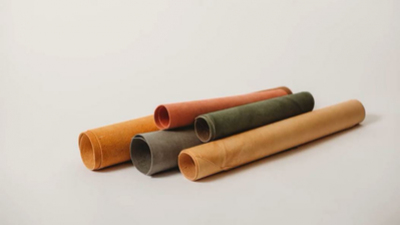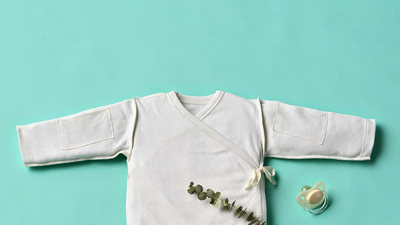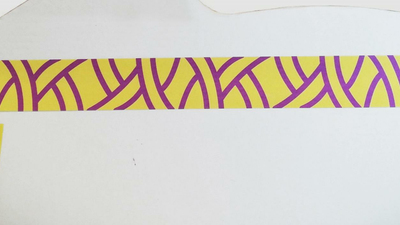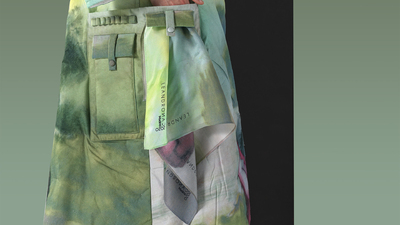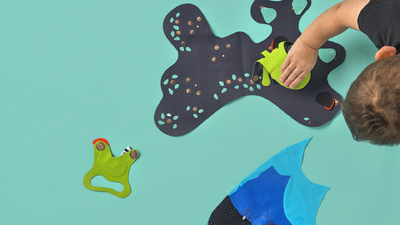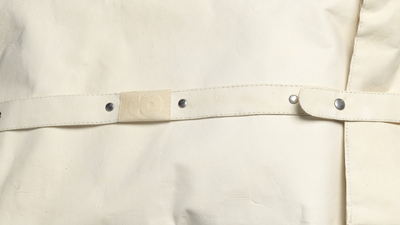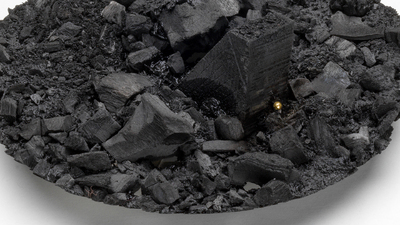WEARABLE PLAY
THE IDEA:
We (Kristi, Michaela and Secil) all knew each other from academia because of our interest with e-textiles and children related projects. These common interests brought us together to make an initiation which became the base of the Wearable Play project.
We organized a design workshop in which we role-played as we were children, discussed the emerging needs of the digital natives and mapped what kind of products can be developed for fulfilling those needs. This workshop gave rise to the project question which was answered within the Wearable Play project.
THE BIRTH OF THE PROJECT:
The main question was “How can children develop a healthy level of body-awareness and social sensitivity in a technology-mediated life full of computers and digital devices?” Based on our research, and our own observations, children mostly interact with digital devices that allow them to play, learn, and communicate through a screen. This has many consequences creating issues in the wellbeing of the children, ranging from psychological, physical to social aspects. The solution for enhancing the wellbeing of this generation should not be neglecting the existence of digital technologies, on the contrary, finding ways to make them co-exist with the physical world which we perceive and experience through our body. By connecting the safe and comforting character of textiles with the dynamic properties of contemporary, digital technologies and can we create a balance between the screenbased and physical play?
THE CREATIVE PROCESS:
The project followed an experimental design path combining elements from soma-aesthetic approach with user-centered design methods in which the outcome took form during the co-design process by involving the user in the very early phases of idea generation through using mock-ups and semifinished prototypes to explore bodily interactions. Our prototype “Worm-e” was inspired by the findings of these co-design processes and observations on how children play and move their body.
THE COLLABORATION:
Due to the fact that we are based in three different countries, we conducted our work remotely by using the digital communication tools to get in contact. We met frequently and remotely produced different parts of the prototype, which then put together in one place to finalize it. The collaboration was very fruitful. The prototype was not the only result of it, but we learned from each other and we enjoyed working together, which we think it would continue after this project as well. Also, we have submitted and are going to publish our shared work in two academic conferences.
THE FUTURE:
In order to bring the prototype to the market we'd need to first test the features more extensively with the target group (children). For this, we want to start with smaller pilot-groups like museums, classrooms, family focus groups, etc. Based on the tests we can develop the prototype further to achieve a market standard and to explore possibilities to make it reach different target groups. It would need several iterations like this. Also, we need to make sure to comply with safety regulations for children's toys. In parallel we should work on optimizing the technology we use in the prototype, creating our custom-made microcontroller for the project based on the final developed features. We would need to take care of the sustainable and ethical aspects of the project, materials, use, disposal. And last but not least, we'd need to find a business partner or expertise as currently we don't have that role covered in our team.
THE MESSAGE:
This project was a collective work. Every piece of it was thought and designed all together. What makes this project special is that the three designers caring about the wellbeing of our children put their collective creative power into a project.



















